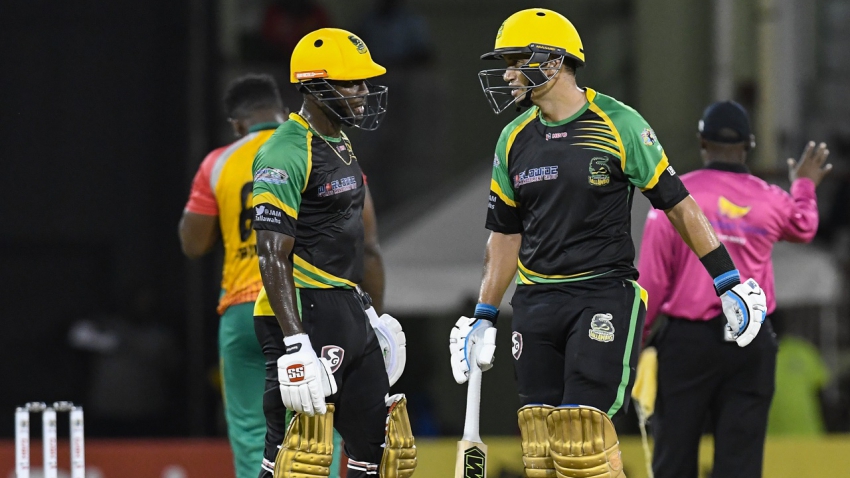The evolution of sports broadcasting personalities has significantly influenced fan engagement and the overall experience of sports consumption. Initially, sports broadcasts were characterized by a straightforward delivery of game facts and scores, with a focus on play-by-play narration and minimal personal flair from the broadcasters. However, as the media landscape has evolved, so too have the roles and personas of sports broadcasters. In the early days, broadcasters were often seen as mere conduits of information, presenting games in a neutral and factual manner. This approach was functional but lacked the depth of personality that could forge a deeper connection with the audience. The mid-20th century saw the rise of charismatic figures who began to shape the way sports were presented. Personalities like Howard Cosell, with his distinctive voice and bold commentary style, transformed the role of the sports broadcaster. Cosell’s ability to blend insightful analysis with a strong, often controversial persona marked a shift from mere reporting to creating a larger-than-life character who could both entertain and inform.

The further expanded this trend with the emergence of new media platforms and increased competition among broadcasters. Anchors such as Jim Rome and Dan Patrick gained fame for their distinctive styles, blending humor, opinion, and sensationalism with traditional sports coverage. Their approaches helped to personalize sports broadcasting, making it more engaging and interactive. This era also saw the rise of female broadcasters and analysts, like Robin Roberts and Linda Cohn, who brought diverse perspectives and further enriched the sports media landscape. The digital age has continued to transform sports broadcasting personalities, as social media platforms and streaming services have provided new avenues for engagement. Broadcasters and analysts now have the ability to connect with fans in real-time, offering behind-the-scenes content, interactive commentary, and personal insights that were previously inaccessible. Personalities such as Stephen A. Smith and Rachel Nichols exemplify this modern approach, leveraging their platforms to build strong personal brands and engage with audiences on a more personal level.
This direct interaction has created a more dynamic and immediate relationship between broadcasters and fans, allowing for greater influence and a more personalized experience. Moreover, the rise of data analytics and advanced technology has introduced a new dimension to sports broadcasting. Broadcasters now use sophisticated tools to enhance their commentary, providing fans with in-depth analysis and real-time statistics. This has elevated the role of the broadcaster to that of a guide and interpreter of complex information, further increasing their influence over how fans perceive and understand the games. Overall, the evolution of 해외스포츠중계 personalities reflects broader changes in media consumption and audience expectations. From the early days of straightforward reporting to the multifaceted and interactive approaches of today, broadcasters have increasingly become key figures in shaping the fan experience. Their ability to blend information with personality, engage with audiences across multiple platforms, and leverage new technologies has transformed sports broadcasting into a dynamic and influential element of the sports industry.

